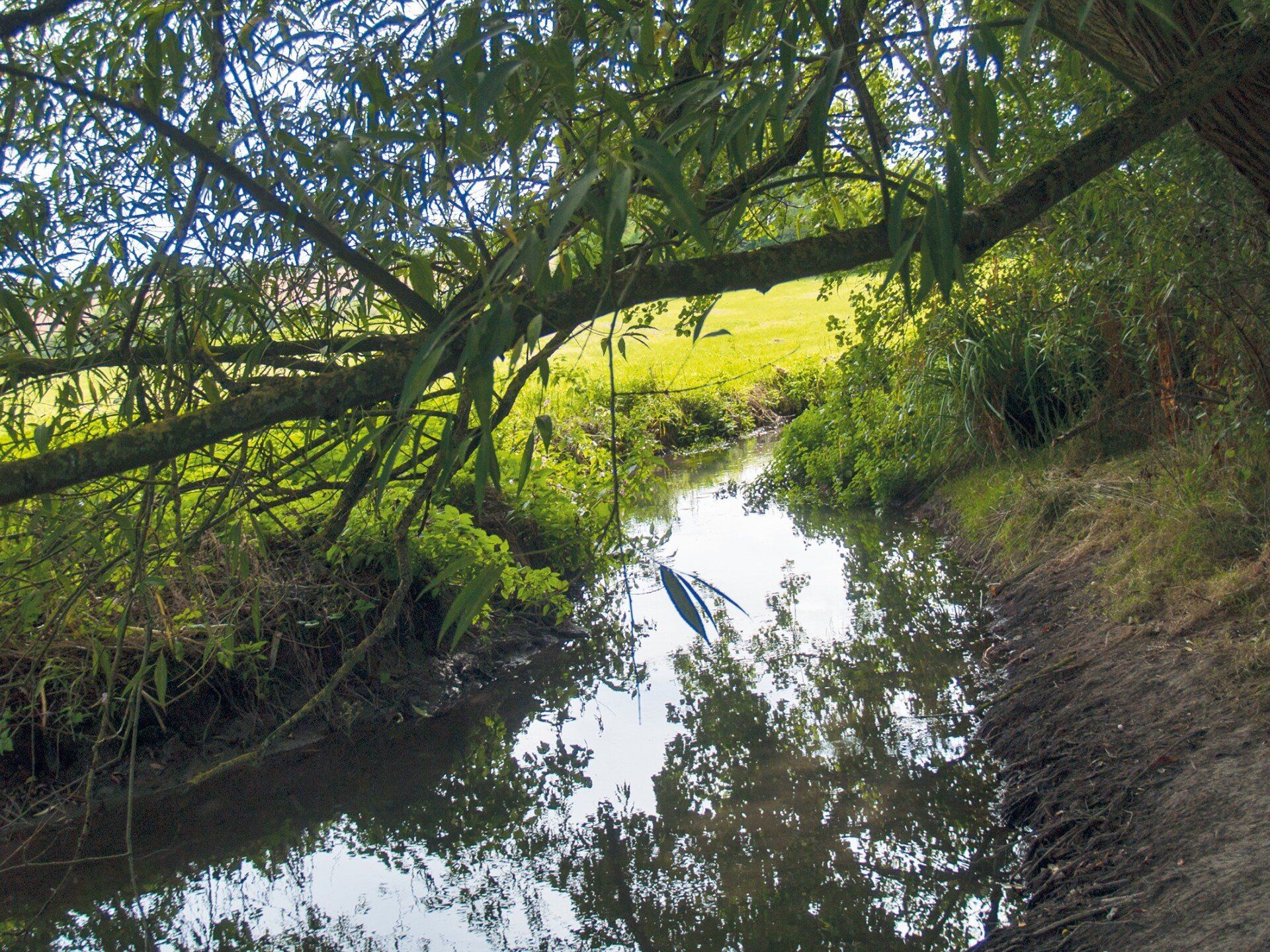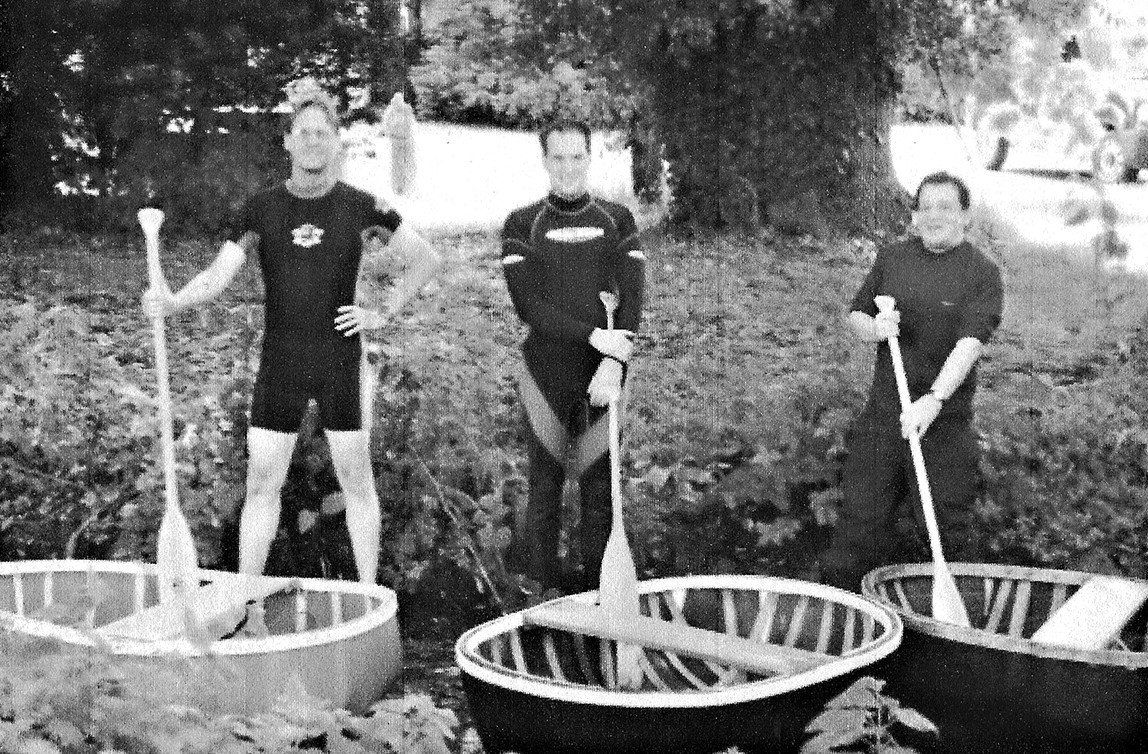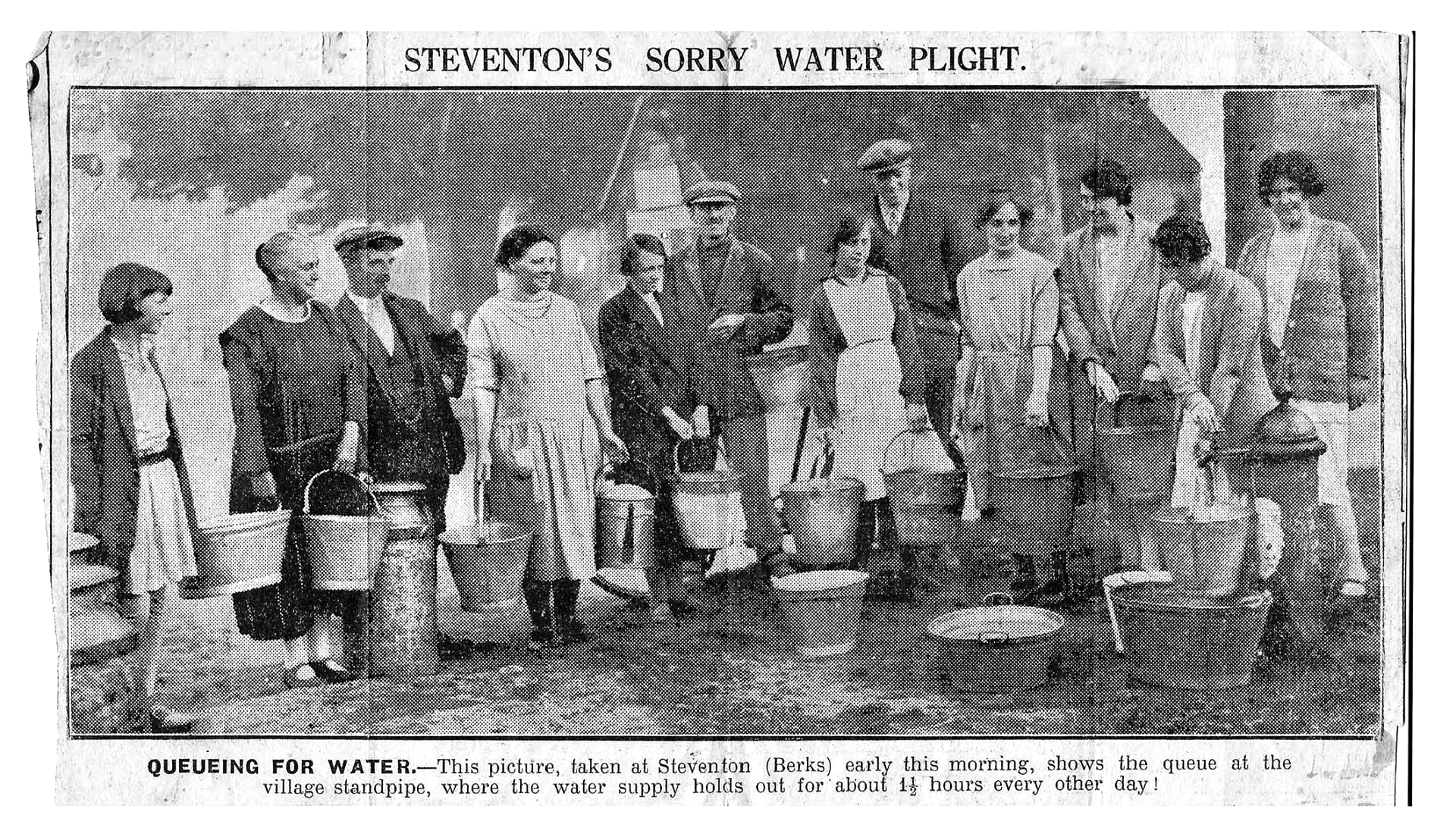Navigating the Ginge
At the start of the 21st century three friends made the foolhardy decision to travel the length of the Ginge by coracle. That they actually started at Hill Farm in Steventon and two of them reached Sutton Courtenay makes the idea slightly more sensible but no more explicable


